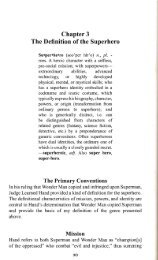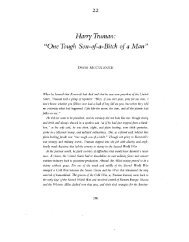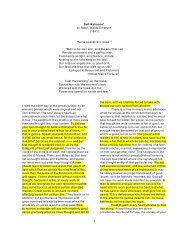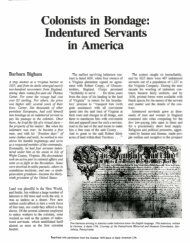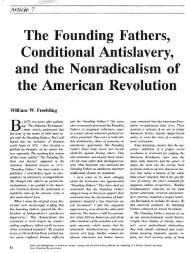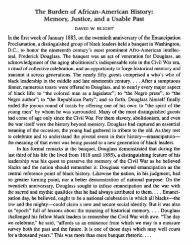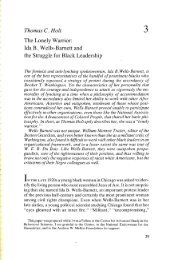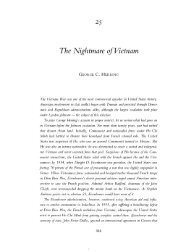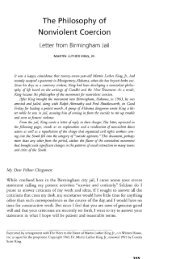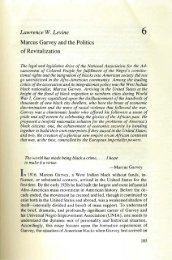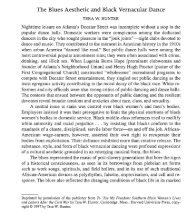Mary - Journeytohistory
Mary - Journeytohistory
Mary - Journeytohistory
Create successful ePaper yourself
Turn your PDF publications into a flip-book with our unique Google optimized e-Paper software.
248 From Slavery to Freedompart American citizens, they were so ignorant of the ways of urban life thatthey fell victims of scheming city politicians. All these elements added to thepolitical chaos of Reconstruction and made it more difficult.The immediate problems of Reconstruction were numerous. One of themost important was the rebuilding of the war-torn South and the restoration ofits economic life on the basis of free labor. At the end of the war there was nocivil authority in the Carolinas, Georgia, Florida, Alabama, Mississippi, andTexas. Many despondent Southerners abandoned their farms or left the Southaltogether. Others, willing to start over again, did not know where to begin.Much of the countryside had been devastated by Union armies. Public buildingsand private homes had been burned. The lands had deteriorated underpoor cultivation or none at all, and titles to lands and crops in many areas werein dispute. Everywhere there was suffering from starvation and disease. Manyformer slaves, homeless and without jobs, wandered from place to place, muchto the disgust and fear of whites. The ideological aberrations of whites were disturbing:they had difficulty in thinking of a black as a free person, and thisproblem of reconciling themselves to this new status loomed larger and largerbefore their vision, blinding them to an objective consideration of other pressingproblems.The needs of the South were great, both in number and variety. There wasthe important problem of finding a way to restore the seceded states to theirplaces in the Union. It was not as simple as welcoming a prodigal back into thefamily. Precautions had to be taken to make sure that state governments didnot fall into the hands of irreconcilable ex-Confederates who might undo theaccomplishments of the war. Involved in this problem were the questions ofhow much punishment the leaders of the Confederate states should suffer andwhether their states had indeed seceded at all. Tedious as the problem was, itappeared that it might soon be solved, and that the United States would oncemore be truly united.Inseparably connected with the problems of rebuilding the South andbringing it back into the Union was the question of ex-slaves. Indisputably theex-slaves were in dire need, but serious debate ensued overDifficulties wilhwho could best serve their needs. There was no question ofI'cstOling theSouth aflel' the wartheir status as free individuals but conflict arose over the possibledistinctions between them and white people. Even moreserious was the problem of whether their status should be settled and theircondition improved before the Southern states were permitted to return to theUnion.A barrier to the solution of these pressing postwar troubles was the legacyof hate inherited from a generation of bitter intersectional strife. Perhaps thisanimosity was the most grievous wound to heal, for it lay deep in the hearts ofwhites, North and South, and none knew how to attend it. There was no hopeof solVing any problem until a new spirit of conciliation and goodwill couldbe created. In this intangible and elusive area lay the key to intersectionalpeace.



